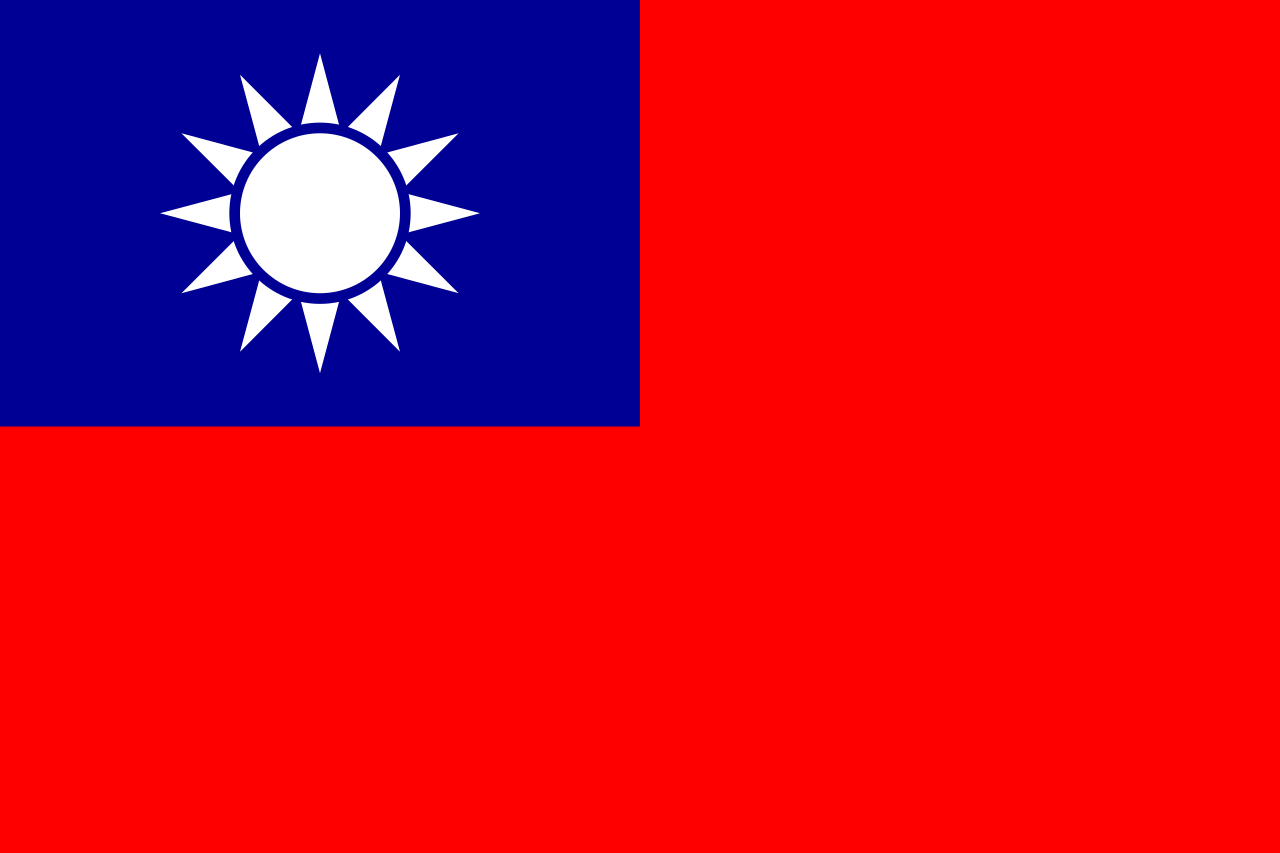CNAC (China National Aviation Corporation)
Operator History
On 5 April 1929 the State Council of the Nationalist government of China established CNAC, the Chinese National Aviation Corporation. It was a wholly owned government airline with a capital of 10,000,000 dollars. Sun Fo, the Minister of Railways, served as its first president although the real power lay with Wang Po-Chun, the Minister of Communications. On 17 April, CNAC signed a service contract with an American firm, Aviation Exploration Inc., to establish air routes between the major Chinese ports and manage all of the airline's operation. Aviation Exploration was actually a personal holding company of US aviation magnate Clement Melville Keys, who was also the president of Curtiss-Wright.
This new Sino-American venture, dubbed China Airways, faced acute resistance from military factions in South China. Local warlords had their own small air forces, which had ambitions to earn income from airmail service between coastal cities. Wang Po-chun himself also had conflicting interests, as in July 1929 he set up an airmail service owned by his ministry and decided to hold on to all of China Airways' revenues. However, on 21 October 1929, China Airways launched the airmail and passenger service with an inaugural flight from Shanghai to Hankow. Facing overwhelming political opposition, by early 1930 China Airways was on the verge of bankruptcy and threatened to stop all operations unless the Ministry of Communications released its revenue. A deal was finally struck, and on 8 July 1930 the two rival airmail operators merged together under the CNAC banner. The Chinese government held a 55% share, and Keys' interests retained a 45% interest.
By 1933, Keys was facing scandals and personal bankruptcy. His successor at the head of Curtiss-Wright sold the 45% stake held in CNAC to Pan American Airways on 1 April 1933. PanAm president Juan Trippe immediately put PanAm's vice-president Harold Bixby in charge of the airline's new far east operation. Bixby was well known in banking and aviation circles as the man who had put up the money for the trans-Atlantic flight of Charles Lindbergh in the Spirit of St Louis.
Between 1937 and December 1941, CNAC flew many internal routes with Douglas Dolphin amphibians, and Douglas DC2s & DC3s. As China was gradually getting invaded by Japan, CNAC'z operation was a hazardous one: in August 1938, a CNAC aircraft was the first passenger aircraft in history to be destroyed by enemy forces in the Kweilin. By the fall of 1940, CNAC operated service from Chungking, Sichuan to Rangoon, Burma, Chengdu, Sichuan, Kiating & Hong Kong. On 8, 9 and 10 December 1941, eight American pilots of CNAC and their crews made a total of 16 trips between Kai Tak Airport in the British Crown Colony of Hong Kong, then under attack from Japanese forces, and Chungking, the wartime capital of the Republic of China. Together they evacuated 275 persons, including key Chinese political figures.
During World War II, CNAC was headquartered in India, and flew supplies from Assam, India, into Yunnan, China through the "Hump" route over the Himalayas. Despite the large casualties inflicted by the Japanese and the challenging weather, the logistics flights operated daily, year round, from November 1941 until the end of the war. CNAC was a small part of the overall air bridge over the Hump, led by the USAAF Air Transport Command India-China Wing.
After 1946, CNAC moved back to Shanghai. The grew up in size, with employees in the thousands. It operated routes from Shanghai to Beijing, Chungking and Guangzhou, using mainly Douglas DC2s & DC3s. CNAC purchased surplus military transports, including Commandos and the new Douglas DC4, which served the route between Shanghai and San Francisco. The downfall of CNAC's operations came on 9 November 1949, when its managing director, Colonel CY Liu, and the general manager of CATC (Central Aviation Transport Corporation), Colonel CL Chen defected from Hong Kong to Communist China with 12 aircraft and crews. Most of the remaining airline staff and their families, who had sought refuge in Hong Kong, sneaked into China by land or sea later.
The remaining 71 CNAC & CATC aircraft in Hong Kong were sold by the Nationalists, who had retreated to the island of Taiwan, to Chennault's operation CAT (Civil Air Transport) in an effort to save the aircraft from the Communists. After a lengthy legal battle, which went on appeal from Hong Kong to Privy Council in the UK, the planes were finally delivered by the Hong Kong government to CAT in 1952.
Commando Operations
1947* to December 1949
Commandos Operated
- Curtiss C-46A-45-CU Commando: XT-164 (fled Hong Kong, to CAT), XT-170 (fled Hong Kong, to CAT), XT-172 (fled Hong Kong, defected Tianjin), XT-166 (fled Hong Kong, to CAT), XT-168 (fled Hong Kong, to CAT)
- Curtiss C-46A-50-CU Commando: XT-??? / (42-96804) (fled Hong Kong, to CAT)
- Curtiss C-46A-60-CK Commando: XT-??? / (43-47298) (fled Hong Kong, to CAT), XT-120 (fled Hong Kong, to CAT), XT-??? / (43-47339) (fled Hong Kong, to CAT), XT-??? / (43-47340), XT-??? / (43-47354) (TBC, fled to Hong Kong, to CAT), XT-153 / XT-148 (fled Hong Kong, to CAT), XT-136 (fled Hong Kong, to CAT), XT-114 (fled Hong Kong, to CAT), XT-116 (fled Hong Kong, to CAT), XT-138 (to CAT), XT-??? / (43-47358) (fled Hong Kong, to CAT), XT-??? / (43-47378) (fled Hong Kong, to CAT), XT-??? / (43-47381), XT-??? / (43-47390) (fled Hong Kong, to CAT)
- Curtiss C-46D-10-CU Commando: XT-158 (to CAT), XT-160 (to CAT), XT-162 (to CAT)
- Curtiss C-46D-15-CU Commando: XT-156 (I) (to CAT)
- Other Commandos: XT-112, XT-154 (44-77975)
Last edited: 08/03/2024

 April 1929 to November 1949
April 1929 to November 1949